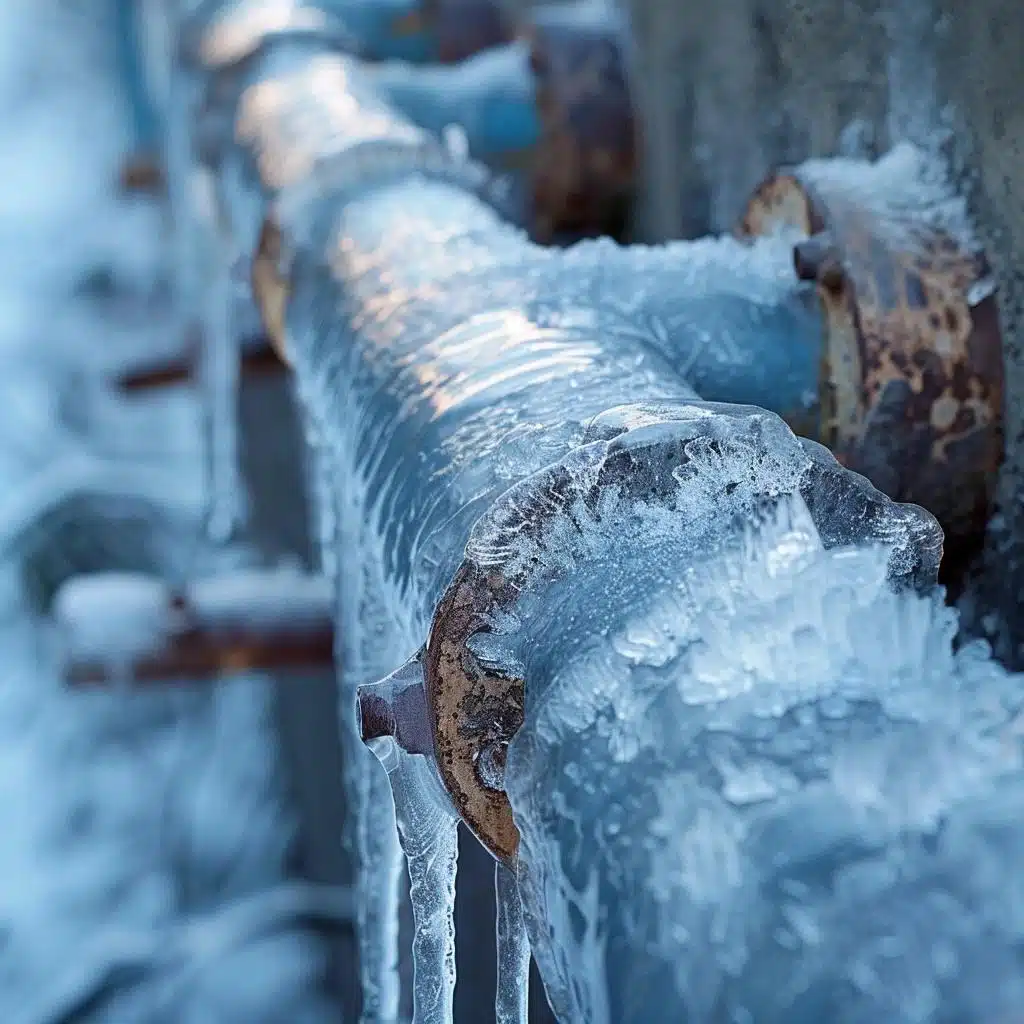Preventing Frozen Pipes in Winter: Essential Strategies
Check It OutWhat are your thoughts on How To Avoid Freezing Pipes?

Cold weather can damage your plumbing, especially by freezing pipelines. Here's exactly how to stop it from happening and what to do if it does.
Intro
As temperature levels drop, the danger of icy pipelines increases, potentially resulting in pricey fixings and water damage. Understanding exactly how to avoid icy pipelines is critical for homeowners in cool environments.
Understanding Frozen Pipelines
What triggers pipelines to freeze?
Pipelines freeze when subjected to temperature levels below 32 ° F (0 ° C) for expanded periods. As water inside the pipes ices up, it expands, putting pressure on the pipe walls and possibly creating them to rupture.
Dangers and problems
Frozen pipelines can cause water supply disturbances, property damages, and expensive repairs. Burst pipelines can flooding homes and cause extensive architectural damages.
Indications of Frozen Pipes
Recognizing frozen pipelines early can stop them from rupturing.
Just how to determine icy pipes
Try to find lowered water flow from faucets, uncommon smells or noises from pipes, and noticeable frost on revealed pipes.
Prevention Tips
Protecting at risk pipelines
Wrap pipes in insulation sleeves or utilize warm tape to shield them from freezing temperature levels. Focus on pipes in unheated or exterior areas of the home.
Heating techniques
Keep interior spaces sufficiently heated up, particularly areas with pipes. Open cabinet doors to allow warm air to flow around pipes under sinks.
Shielding Outside Pipes
Garden pipes and outdoor faucets
Separate and drain garden pipes prior to winter season. Mount frost-proof faucets or cover outdoor faucets with shielded caps.
What to Do If Your Pipelines Freeze
Immediate actions to take
If you think frozen pipelines, maintain taps open up to relieve stress as the ice melts. Make use of a hairdryer or towels taken in warm water to thaw pipelines slowly.
Long-Term Solutions
Architectural modifications
Think about rerouting pipes far from outside wall surfaces or unheated locations. Include extra insulation to attic rooms, basements, and crawl spaces.
Upgrading insulation
Purchase high-grade insulation for pipes, attic rooms, and walls. Appropriate insulation aids keep regular temperature levels and lowers the danger of icy pipes.
Verdict
Stopping icy pipes calls for proactive procedures and fast reactions. By recognizing the causes, signs, and safety nets, homeowners can safeguard their pipes throughout winter.
6 Proven Ways to Prevent Frozen Pipes and Protect Your Home
Disconnect and Drain Garden Hoses
Before winter arrives, start by disconnecting your garden hoses and draining any remaining water. Close the shut-off valves that supply outdoor hose bibs and leave the outdoor faucet open to allow any residual water to drain. For extra protection, consider using faucet covers throughout the colder months. It’s also important to drain water from any sprinkler supply lines following the manufacturer’s directions.
Insulate Exposed Pipes
Insulating your pipes is an effective way to prevent freezing. Pipe insulation is readily available at home improvement stores and is relatively inexpensive. Pay close attention to pipes in unheated areas such as the attic, basement, crawl spaces, or garage. Apply foam insulation generously to create a buffer against the cold. You can also wrap your pipes in heat tape or thermostat-controlled heat cables for added warmth.
Seal Air Leaks
Inspect your home for any cracks or openings that could let in cold air. Seal any holes around the piping in interior or exterior walls, as well as the sill plates where your home rests on its foundation. Additionally, make sure to keep your garage door closed unless you’re entering or exiting. Leaving it open creates a significant air leak that can lead to frozen pipes.
Allow Warm Air Circulation
During cold snaps, it’s essential to allow warm air to circulate evenly throughout your home. Leave interior doors ajar to promote better airflow. Open kitchen and bathroom cabinets to help distribute heat consistently around the rooms. If you have small children or pets, be sure to remove any household chemicals or potentially harmful cleaners from open cabinets for safety.
Let Faucets Drip
A small trickle of water can make a big difference in preventing ice formation inside your pipes. When temperatures drop significantly, start a drip of water from all faucets served by exposed pipes. This continuous flow helps prevent the water from freezing. Additionally, running a few faucets slightly can relieve pressure inside the pipes, reducing the chances of a rupture if the water inside does freeze.
https://choateshvac.com/6-proven-ways-to-prevent-frozen-pipes-and-protect-your-home/

Do you like more info about How To Avoid Freezing Pipes? Leave feedback down below. We would be pleased to find out your responses about this blog posting. In hopes that you visit us again before long. Sharing is caring. You won't know, you could be doing someone a favor. I love your readership.
Here